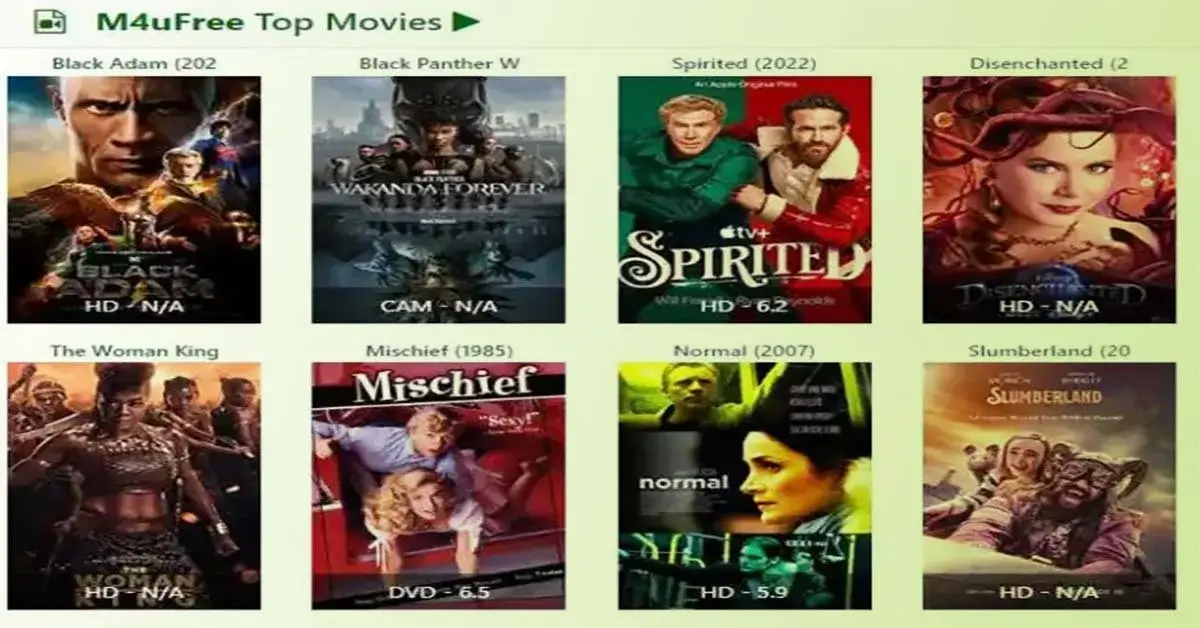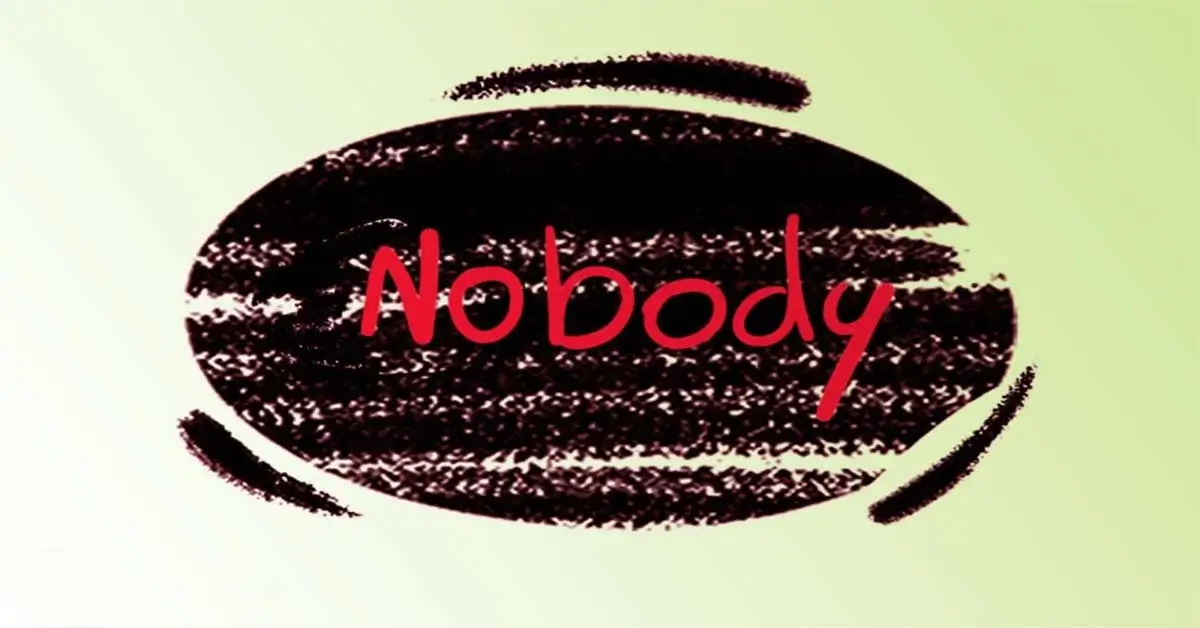Overview of Doujindesu
“Doujindesu” is a Japanese term that translates to “comic book.” In the West, we often use the word “manga” to describe all Japanese comics. However, in Japan, “manga” specifically refers to comics created by a mangaka. In simple terms, doujindesu is a subset of manga.
Now, let’s dive into what makes doujindesu special and why people enjoy them so much. These comics usually tell stories serialized in weekly or monthly magazines, covering a wide range of genres such as romance, action, or slice-of-life tales.
What sets doujindesu apart is their distinctive artwork. Most doujinshi are hand-drawn, giving them a unique style that stands out from Western comic books.
If you’re curious and want to give doujindesu a shot, consider starting with popular series like Attack on Titan, Naruto, or One Piece. They offer engaging stories and showcase the charm of doujindesu culture.
Doujindesu: What is it?
Doujindesu stands as a hentai manga and doujin community formed in October 2004 by a group of otaku who shared dissatisfaction with existing hentai manga sites at the time.
The name “Doujindesu” cleverly plays with words; “doujin” can refer to a self-published work or a person passionate about something, and “desu” is the Japanese copula meaning “is.” So, the name can be interpreted as either “This is a hentai site!” or “This is for hentai lovers!”
This platform prioritizes quality over quantity, exclusively hosting works that have been scanned and translated by its volunteer staff. This commitment ensures a malware-free experience, making it easy for users to find their desired content.
Beyond offering hundreds of thousands of pages of hentai manga, Doujindesu boasts an active forum where users engage in discussions related to hentai. Moreover, the site provides an online store where fans can purchase physical copies of their favorite doujinshi.
Background of Doujindesu
Let’s delve into the history of Doujindesu, a website that holds a special place for Japanese doujin music enthusiasts. Founded in 2006 by a group of friends who shared a deep love for Japanese doujin music, Doujindesu emerged when there were limited options to discover and download this genre online. The founders spotted an opportunity to bridge this gap, resulting in the creation of a website that would later become the ultimate hub for doujin music.
As time passed, Doujindesu experienced growth and transformation. In 2010, they introduced Doujinstyle Radio, an online streaming service granting users constant access to a diverse array of Japanese doujin music. The platform didn’t stop at its origins; it expanded its horizons beyond Japan, making its services accessible in English and various other languages.
Today, Doujindesu proudly stands as the go-to destination for Japanese doujin music enthusiasts, offering a rich history and a range of features that have evolved over the years.
Popular Doujindesu Styles
Doujindesu comes in a few popular styles, each with its own unique vibe. First, there’s the traditional Japanese style, often described as “elegant” or “sophisticated.” This style pays attention to intricate details and patterns, showcasing delicate watercolors for a refined look.
Then, we have the Westernized doujindesu, also known as “cute” or “kawaii.” This style is all about embracing cuteness and simplicity, using bright colors and simplified designs to create an adorable aesthetic.
Another style to explore is the gothic doujindesu, sometimes referred to as “dark” or “edgy.” In this style, you’ll find a darker tone with heavier lines and more muted colors. It often incorporates elements of horror or suspense, offering a different and more mysterious feel.
The Benefits of Doujindesu
Doujindesu, or manga as it’s commonly known in the West, transcends its literal translation of “comic book” by offering readers a rich and immersive storytelling experience. These Japanese narratives, often serialized in magazines or released as standalone books, cover a wide spectrum of genres and are read from right to left. With stories often spanning multiple volumes, manga has become a cultural phenomenon, appealing to readers of all ages.
The unique format of manga, where text and images flow from right to left, accompanied by onomatopoeic sound effects, adds to its distinct charm. Unlike the conventional left-to-right reading style in the West, manga invites readers to engage in a different visual and narrative experience.
One of the significant benefits of delving into doujindesu is its role as a cultural ambassador. Manga serves as a captivating window into Japanese culture and customs. Whether it’s exploring traditional foods, clothing, superstitions, or religious beliefs, manga provides an accessible and entertaining means for readers to gain insights into the intricacies of Japanese life.
In addition to its cultural value, manga also offers a cost-effective alternative to consuming Japanese media. For those who want to explore the diverse world of Japanese storytelling without investing heavily in DVDs or streaming subscriptions, manga provides an affordable option. Entire series can often be acquired for less than $50 USD, making it an accessible avenue for entertainment enthusiasts on a budget.
Furthermore, manga’s versatility extends to its convenience. Unlike anime, which often requires a TV or computer screen, manga can be enjoyed virtually anywhere. Whether you’re on the bus, in bed, or waiting in line, all you need is a physical copy or a digital file to transport yourself into captivating worlds of storytelling. This flexibility in consumption contributes to manga’s widespread popularity and accessibility, allowing readers to indulge in their favorite stories on the go.
The benefits of doujindesu extend beyond its role as a mere comic book. It serves as a gateway to cultural understanding, an affordable source of entertainment, and a versatile companion that can be enjoyed anytime, anywhere. For those considering an exploration into the world of manga, the benefits are as diverse as the stories themselves, promising an enriching and enjoyable journey into Japanese storytelling.
How to Enjoy & Practice Doujindesu
Creating doujindesu, a traditional Japanese art form, is a fascinating journey that has roots stretching back centuries. This technique involves using a special brush called Kogecha to paint intricate pictures on small pieces of paper, often depicting popular culture figures or nature scenes.
For those intrigued by this unique art form and eager to give it a try, here are some practical tips to get you started and ensure an enjoyable experience:
- Select the Right Materials
To embark on your doujindesu adventure, invest in high-quality paper and brushes. Brands like Hosho and the BAround1600 Kogecha Set from Zebra-san Traditional Art Supplies are reliable choices, ensuring your creations are vibrant and detailed.
- Study Examples
Before diving into your own doujindesu project, take some time to explore examples of doujindesu paintings. Whether through photos or videos, this step provides valuable insights into the style and intricacies of the art, helping you better understand the desired final outcome.
- Use Reference Materials
When working on your doujindesu piece, consider using reference materials such as photographs or sketches. These references serve as helpful guides, ensuring that your painting stays true to the original image you aim to recreate.
- Be Patient & Enjoy the Process
Creating a doujindesu painting is a journey that requires time and patience. Don’t rush the process; instead, savor each moment of artistic expression. It’s unlikely you’ll finish your project in one sitting, so take pleasure in the gradual development of your artwork.
By embracing these tips and immersing yourself in the world of doujindesu, you’ll not only discover the joy of traditional Japanese art but also unlock your own creative potential. Remember, the essence of doujindesu lies in the process, so enjoy every stroke of the brush as you bring your unique creations to life.
Advice for Novices Interested in Trying Out Doujindesu
If you’re a beginner looking to explore the world of doujindesu, here are some straightforward tips to help you get started:
- Find Your Genre
Doujindesu, or doujinshi, covers a vast range of genres and subjects. To begin, discover a genre that captivates your interest. There are countless options, so explore online communities or visit local comic book stores to uncover titles that resonate with you.
- Preview Before Purchasing
Before committing to a purchase, take the time to read through the doujinshi you’re considering. This ensures that you don’t spend money on something that might not align with your tastes. Online platforms and local stores often provide opportunities to preview or read excerpts.
- Understand Pricing Structures
Be aware of the different pricing structures when buying doujinshi. Some sellers charge per page, while others have a flat fee for the entire book. Compare prices to make informed decisions and get the most value for your purchase.
- Quality Varies
Keep in mind that not all doujinshi are of the same quality. There’s a spectrum, ranging from amateur fan works to professional-grade productions. Explore various titles to find the level of quality that appeals to you, and don’t be discouraged if you come across varying standards.
- Engage in Communities
Joining online communities can be a valuable way to enhance your doujindesu experience. Connect with fellow enthusiasts, seek recommendations, and share your thoughts. Community engagement adds depth to your exploration of doujinshi.
Remember, the key is to enjoy the process of discovering and exploring doujindesu. With these tips, you can navigate the world of self-published Japanese manga confidently and find hidden gems that align with your interests and preferences.
Conclusion
In conclusion, Doujindesu encapsulates a rich and diverse realm within the Japanese manga and doujinshi community. Originating in 2004 as a response to dissatisfaction with existing hentai manga sites, Doujindesu has since evolved into a prominent platform that prioritizes quality and provides a secure, malware-free experience. The name cleverly plays with the words “doujin,” signifying self-published works or passionate individuals, and “desu,” meaning “is” in Japanese, resulting in a dual interpretation of “This is a hentai site!” or “This is for hentai lovers!”
Originally a haven for Japanese doujin music enthusiasts, Doujindesu expanded its horizons over the years. In 2010, the introduction of Doujinstyle Radio marked a significant milestone, offering an online streaming service that granted users constant access to a diverse array of Japanese doujin music. The platform’s commitment to accessibility extended beyond Japan, making its services available in English and various other languages.
Doujindesu is not merely a platform; it’s a cultural phenomenon with distinct styles, ranging from traditional and elegant to cute and kawaii, as well as gothic with its dark and edgy aesthetic. The unique charm of doujinshi lies in its hand-drawn artwork, setting it apart from Western comic books and adding a layer of authenticity to the storytelling experience.
Delving into the world of doujinshi, or self-published Japanese manga, goes beyond the literal translation of “comic book.” It serves as a cultural ambassador, offering readers a captivating window into Japanese life, traditions, and customs. Manga’s serialized format, often released in magazines or standalone books, covers an extensive range of genres and appeals to readers of all ages.
The benefits of exploring Doujindesu extend beyond its role as a mere comic book. It presents an affordable alternative to consuming Japanese media, with entire series available for less than $50 USD. The flexibility in consumption, allowing readers to enjoy manga virtually anywhere, further contributes to its widespread popularity.
Also Read: That Which Flows By: A Captivating Korean Webtoon Adventure
For those interested in creating doujinshi, the journey involves embracing traditional Japanese art with a special brush called Kogecha. Practical tips for a fulfilling experience include selecting high-quality materials, studying examples, using reference materials, and, above all, being patient and enjoying the creative process.
Novices looking to navigate the world of doujinshi are encouraged to find their preferred genre, preview purchases, understand pricing structures, and be aware of varying quality standards. Engaging in online communities enhances the experience, providing opportunities to connect with fellow enthusiasts, seek recommendations, and share thoughts.
In essence, the world of Doujindesu is a multifaceted exploration filled with cultural richness, artistic expression, and a sense of community. Whether as a reader, creator, or enthusiast, embracing the diverse offerings within Doujindesu promises an enriching and enjoyable journey into the captivating realm of Japanese storytelling.



